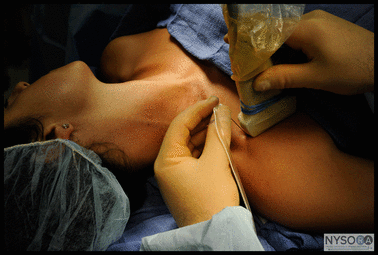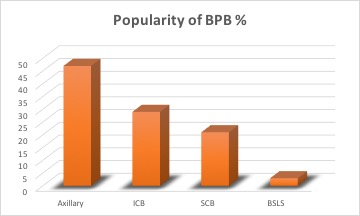The Ideal Brachial Plexus Block: Your Feedback
On 15th October I asked colleagues to tell me about their ideal brachial plexus block.
|
In my post I stated that the ideal brachial plexus block needs to conform to a number of characteristics including:
1. Easy to teach and learn 2. Fast onset 3. Prolonged analgesia 4. No side effects or complications 5. Painless to perform 6. Suitable for all types of surgery distal to shoulder |

Three main themes came through in the responses:
1. Infraclavicular (ICB) block appears to have most of the characteristics of the ideal block: Onset, Ease of Catheter Placement, Minimal Side Effects and suitable for all types of surgery due to placement at cord level. It is limited by technical difficulty and pain on performance.
2. Supraclavicular (SCB) block remains popular but is limited by patchy block of inferior trunk in some hands (including my own!)
3. Axillary block is the most popular "go to" block yet very few people supported it with comments on my twitter feed. Clearly a silent majority!
Thankfully only one person preferred "Big Syringe, Little Syringe" as their technique of choice!
1. Infraclavicular (ICB) block appears to have most of the characteristics of the ideal block: Onset, Ease of Catheter Placement, Minimal Side Effects and suitable for all types of surgery due to placement at cord level. It is limited by technical difficulty and pain on performance.
2. Supraclavicular (SCB) block remains popular but is limited by patchy block of inferior trunk in some hands (including my own!)
3. Axillary block is the most popular "go to" block yet very few people supported it with comments on my twitter feed. Clearly a silent majority!
Thankfully only one person preferred "Big Syringe, Little Syringe" as their technique of choice!
It was great to have such active participation and thanks to all colleagues and friends for contributing your time and expertise to the twitter debate.
